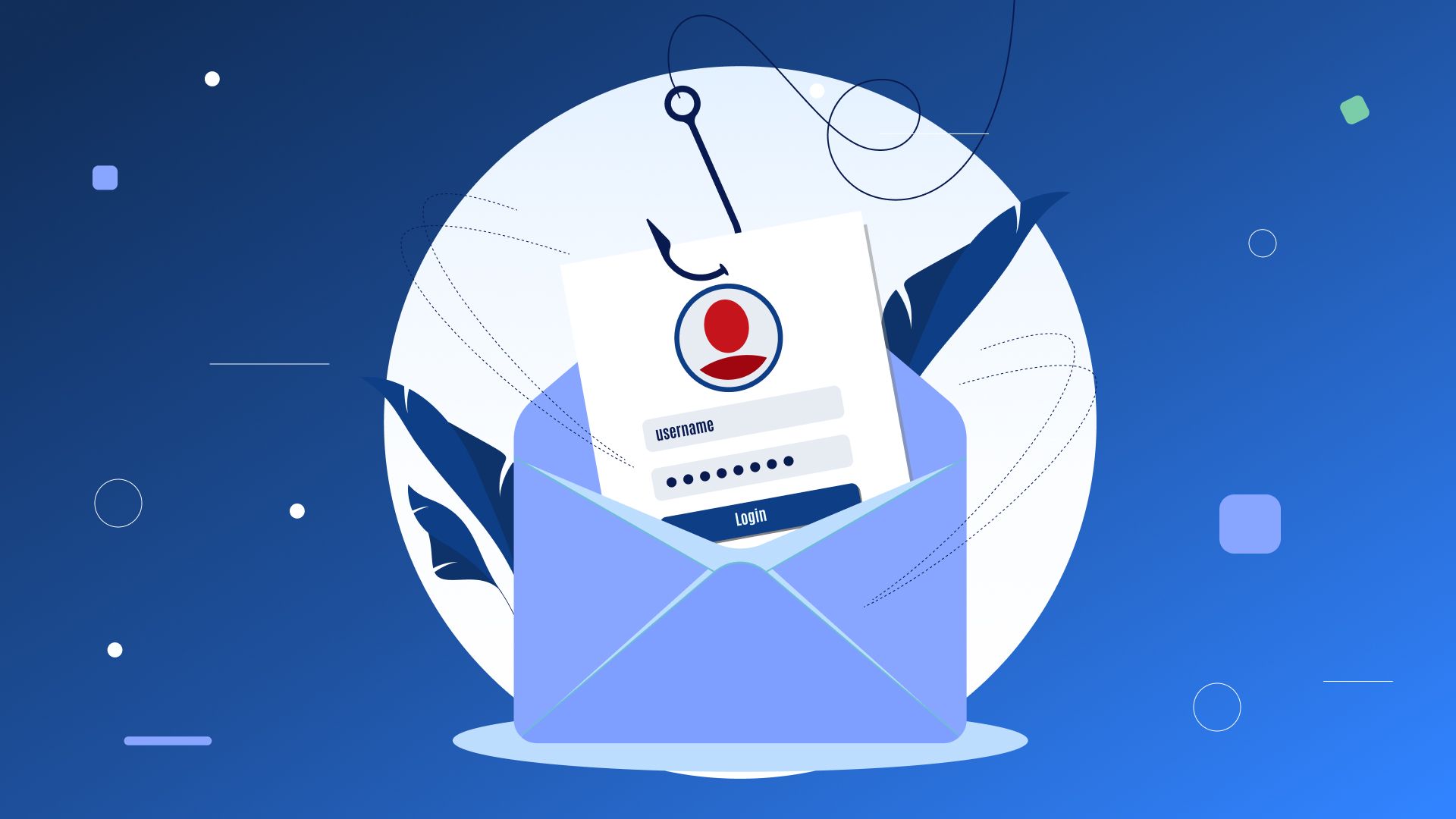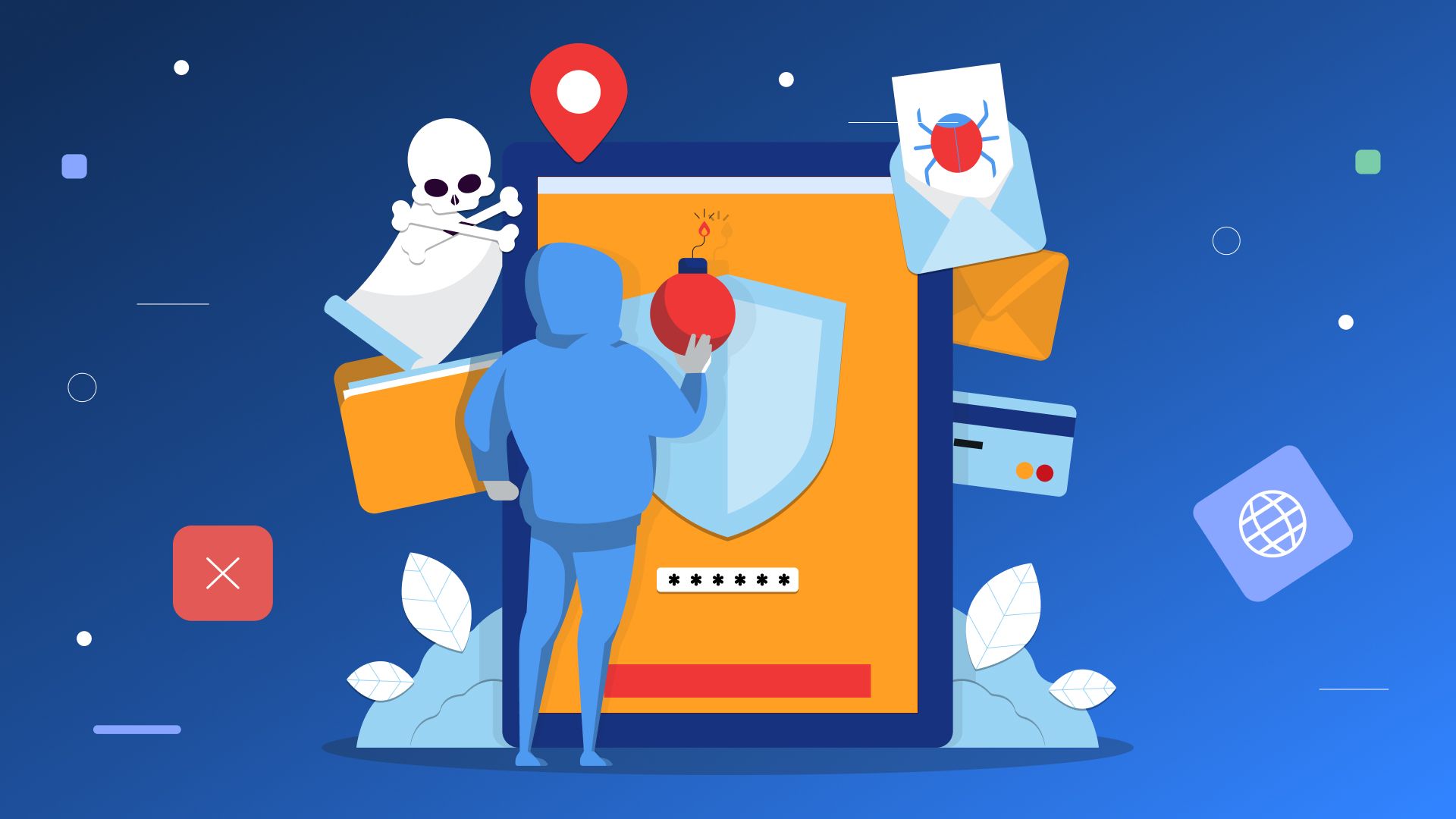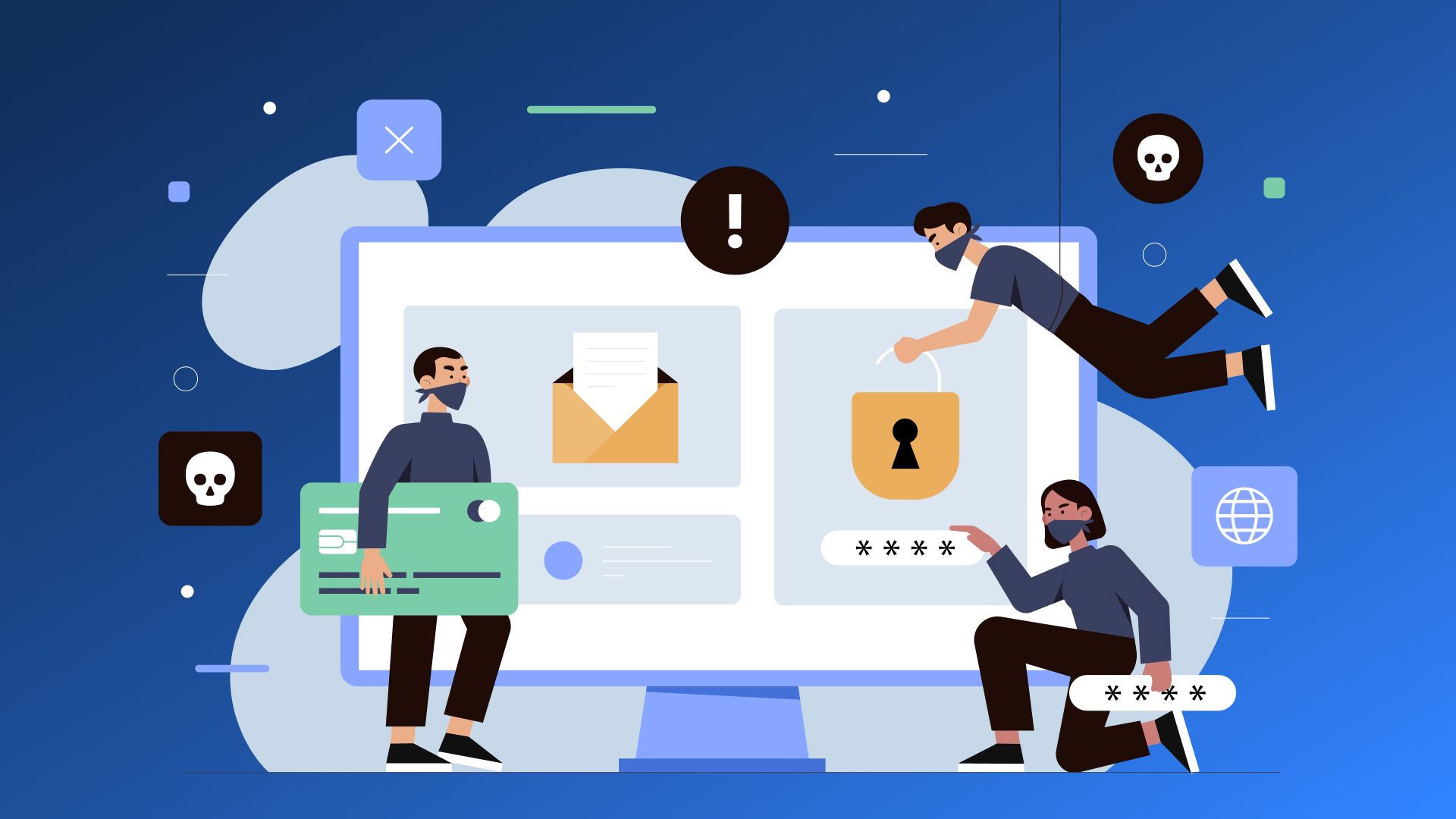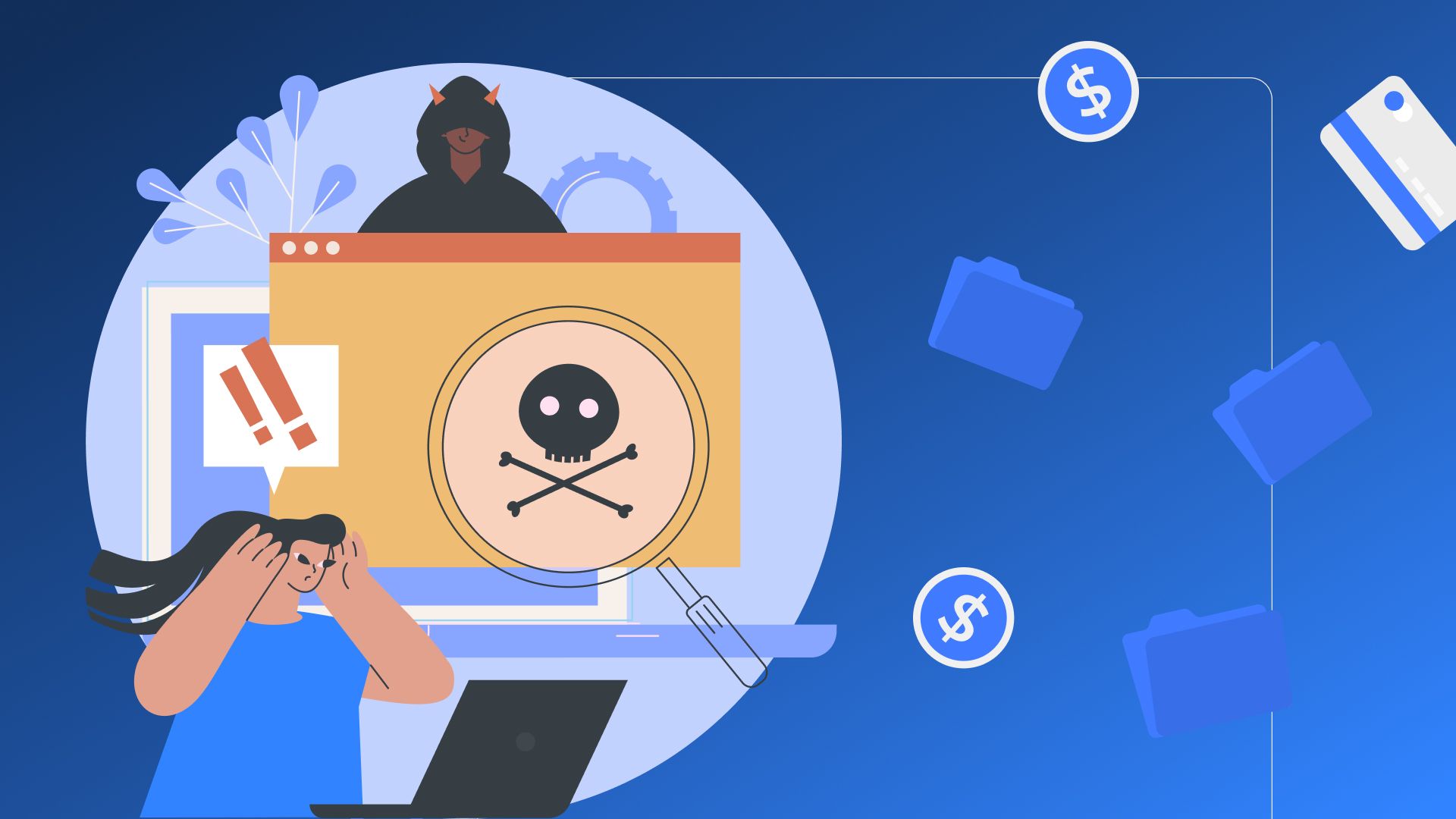Cybersecurity for Beginners
Every year, the number of online threats increases. Scammers use various methods to steal passwords, credit card details, and even money. Understanding basic cybersecurity practices is essential to safeguard yourself and your loved ones.
Cybersecurity is not a one-time effort but a continuous process. It requires vigilance and discipline to minimize risks. By following the recommendations in this article, you can significantly enhance your online security.
The 4 Most Common Online Threats and How to Combat Them
1. Phishing

Phishing attacks involve fake emails, messages, websites, or browser extensions designed to mimic legitimate ones. The goal is to steal personal data or gain access to financial information.
Example of a Cyberattack
A user receives an email claiming their bank account has been locked. The email includes a link to a website that looks identical to the bank’s official portal. The user is then prompted to enter sensitive information, such as a PIN or CVC/CVV code, giving attackers access to their account.
Security Tips
Ignore emails claiming your account is locked. Avoid clicking on links or opening attachments in suspicious emails.
Verify the sender’s email address and inspect links before clicking. Ensure they match the official addresses.
Enable two-factor authentication (2FA) on all accounts that offer it. This adds an extra layer of security, such as requiring an SMS code.
Avoid entering personal information on unfamiliar websites. If in doubt, close the page and log in through the official site.
Use antivirus software.
Regularly update your applications and operating system to fix vulnerabilities.
Limit sharing personal information online. The less data available to attackers, the harder it is for them to craft convincing phishing schemes.
2. Malware Distribution

Malware includes viruses, trojans, and ransomware that can steal data, block access to files, monitor your activity, or demand a ransom to unlock encrypted files.
Example of a Cyberattack
A user downloads what appears to be a free ebook, but it turns out to be ransomware. The program encrypts the user’s files and demands payment for their recovery.
Security Tips
nstall and maintain reputable antivirus software.
Avoid opening suspicious email attachments or downloading files from untrusted websites.
Keep your operating system and applications up to date.
3. Brute Force Attacks

Brute force attacks involve systematically guessing passwords to gain unauthorized access to accounts, WiFi networks, or other sensitive data.
Example of a Cyberattack
Using specialized software, attackers guess a user’s password and gain access to their account. This allows them to steal bank details, make purchases, or withdraw funds without the user’s permission.
Security Tips
Use strong passwords with a mix of letters, numbers, and special characters. A password generator, like the one from BlancVPN, can help you create secure, random combinations.
Change your passwords regularly, especially for important accounts such as email or online banking.
Enable two-factor authentication whenever possible to add an extra layer of protection.
4. Sniffing

Sniffing occurs when attackers intercept data shared over unsecured connections, such as public WiFi or websites using HTTP. This can expose sensitive information, including login credentials.
Example of a Cyberattack
A user connects to public WiFi at an airport. An attacker uses a "sniffer" program to intercept the user’s login details and other sensitive data.
Security Tips
Use a VPN to encrypt your internet traffic. This prevents attackers from intercepting sensitive information.
Only visit websites using HTTPS. This protocol encrypts data, making it harder to intercept.
Install antivirus software and enable a firewall on your computer or network router.
Regularly update your operating system and apps to address security vulnerabilities.
Enable two-factor authentication on all accounts that support it.
FAQs
What Are the Main Cybersecurity Threats?
Phishing – Stealing data through fake emails and websites.
Malware – Malicious software that steals data, encrypts files, or spies on users.
Brute Force Attacks – Guessing passwords to access accounts.
Sniffing – Intercepting data over unsecured connections.
What Are the Basic Rules for Staying Safe Online?
Use strong passwords and update them regularly.
Enable two-factor authentication whenever possible.
Avoid clicking on suspicious links or attachments.
Keep your browser, apps, and operating system up to date.
Install a trusted antivirus program.
Use a VPN for added security, especially on public networks.
Remember, staying secure online is an ongoing process. Stay vigilant, follow best practices, and regularly review your cybersecurity measures to protect yourself and your data.
BlancVPN — your gateway to safe and secure internet
Stream, browse, or work safely — even on public Wi-Fi.
Get BlancVPN